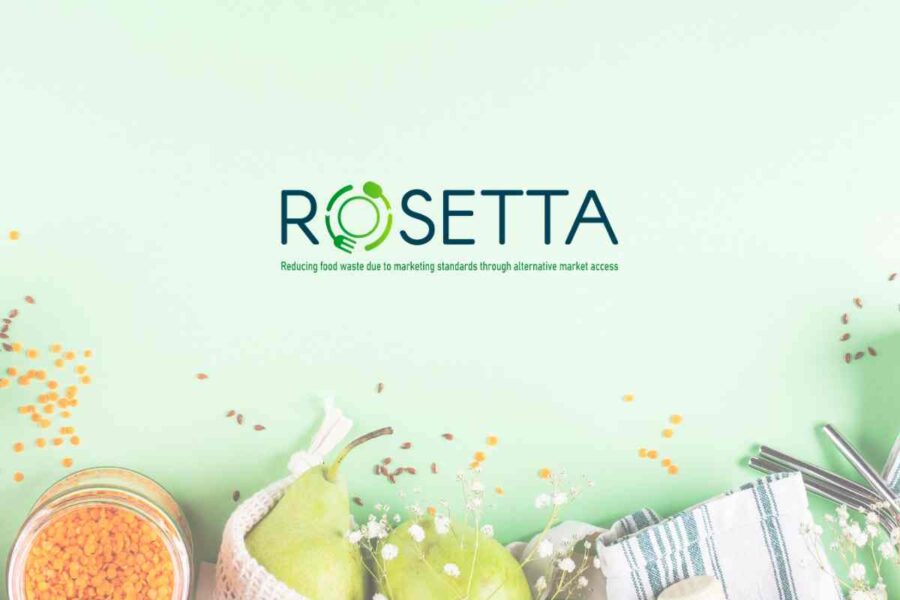Report on Proposed Waste Management Adjustments in Kennewick and Alignment with Sustainable Development Goals
Introduction: Fostering Sustainable Cities and Communities (SDG 11)
A report from the Kennewick City Council workshop on July 22 outlines several proposed modifications to municipal waste management services. These adjustments, developed in partnership with Waste Management, are designed to reduce residential rates while advancing the city’s commitment to the United Nations Sustainable Development Goals (SDGs), particularly SDG 11 (Sustainable Cities and Communities) and SDG 12 (Responsible Consumption and Production).
Analysis of Key Proposals and SDG Integration
Promoting Responsible Consumption and Production Patterns (SDG 12)
The core proposals focus on optimizing resource use and encouraging sustainable consumer behavior, directly supporting the targets of SDG 12. The following measures were discussed:
- Expansion of Recycling Infrastructure: A primary proposal involves replacing the current 18-gallon recycling bins with new 96-gallon carts. This significant increase in capacity is a direct action to promote recycling, making it easier for households to divert a larger volume of waste from landfills, thereby contributing to sustainable material cycles.
-
Streamlining Waste Disposal Programs: Two adjustments aim to create efficiencies and align services with actual residential usage patterns.
- Reduction of Dump Coupons: It was proposed to decrease the number of no-cost dump coupons from six to two per household annually. This change is based on data indicating that the majority of residents use two or fewer coupons, and it aims to encourage more conscious waste disposal. This measure is projected to save residents approximately 41 cents per month.
- Elimination of the Fall Leaf Program: The discontinuation of the seasonal leaf collection program was discussed, which could reduce monthly bills by an additional 14 cents. This proposal supports resource optimization, as year-round leaf disposal options remain available at the transfer station at no extra cost, aligning with efforts to reduce redundant services.
Balancing Economic Viability and Community Support (SDG 11 & SDG 17)
Debate on Public Venue Services
The council deliberated on the continuation of waste services for public venues, specifically the Toyota Center and Convention Center. This discussion highlights the balance between different targets within SDG 11, which calls for both affordable basic services and support for public spaces.
- Maintaining the service would add 16 cents to the proposed monthly residential rates.
- This presents a strategic decision between prioritizing overall resident savings and supporting key community infrastructure through public-private partnerships (SDG 17).
Conclusion: A Path Towards Sustainable and Affordable Services
The proposed adjustments to Kennewick’s waste management services represent a comprehensive strategy to enhance sustainability and affordability. By promoting increased recycling, optimizing disposal services, and carefully considering public expenditures, the city is actively working towards the goals of creating a more sustainable community (SDG 11) through responsible consumption and production systems (SDG 12). Despite these changes, Kennewick’s waste management rates are projected to remain among the lowest in Washington State.
1. Which SDGs are addressed or connected to the issues highlighted in the article?
SDG 11: Sustainable Cities and Communities
- The article focuses on the Kennewick City Council’s decisions regarding municipal waste management, which is a core component of urban infrastructure and environmental management in cities.
SDG 12: Responsible Consumption and Production
- The discussion revolves around waste generation and management, specifically through proposals to enhance recycling capabilities and optimize waste collection programs like the fall leaf program.
SDG 1: No Poverty
- A primary driver for the proposed changes is the reduction of residential rates for waste management services. This connects to ensuring access to affordable basic services for all residents.
2. What specific targets under those SDGs can be identified based on the article’s content?
Target 11.6: Reduce the environmental impact of cities
- This target aims to “reduce the adverse per capita environmental impact of cities, including by paying special attention to air quality and municipal and other waste management.” The entire article is a case study of a city council actively managing its municipal waste services to optimize resources and services for its residents.
Target 12.5: Substantially reduce waste generation
- This target seeks to “by 2030, substantially reduce waste generation through prevention, reduction, recycling and reuse.” The proposal to introduce a 96-gallon recycling cart to replace the smaller 18-gallon bin is a direct measure to encourage and increase recycling. The elimination of the fall leaf program, combined with the availability of the transfer station, is presented as a way to reduce and streamline a specific waste stream.
Target 1.4: Equal rights to economic resources and access to basic services
- This target aims to ensure that all people, especially the poor and vulnerable, have “access to basic services.” The article’s emphasis on reducing monthly bills for residents (e.g., “saving residents about 41 cents per month,” “lower monthly bills by 14 cents”) directly relates to the affordability of essential municipal services like waste management.
3. Are there any indicators mentioned or implied in the article that can be used to measure progress towards the identified targets?
Indicator for Target 11.6
- Implied Indicator: Proportion of municipal solid waste collected and managed in controlled facilities. The article discusses the city’s comprehensive waste management services, including collection systems (coupons, carts) and disposal sites (transfer station), implying a structured system for managing waste. The debate over services for the Toyota Center and Convention Center also speaks to the scope of municipal waste management.
Indicator for Target 12.5
- Implied Indicator: National recycling rate, tons of material recycled. While no specific rate is given, the proposal to introduce a much larger recycling cart (from 18 to 96 gallons) is a direct action intended to increase the capacity and volume of materials recycled by residents, which is a key measure for this indicator.
Indicator for Target 1.4
- Mentioned Indicator: Cost of basic services. The article explicitly mentions the monetary savings for residents as a key outcome of the proposed changes. The specific figures (“41 cents per month,” “14 cents per month”) and the statement that Kennewick’s rates “would remain one of the lowest in Washington State” serve as direct indicators of the affordability of this basic service.
4. Table of SDGs, Targets, and Indicators
| SDGs | Targets | Indicators |
|---|---|---|
| SDG 11: Sustainable Cities and Communities | Target 11.6: Reduce the environmental impact of cities, with special attention to municipal waste management. | Implied: The scope and efficiency of municipal waste collection and management systems, including residential services, special programs (leaf disposal), and public venue services. |
| SDG 12: Responsible Consumption and Production | Target 12.5: Substantially reduce waste generation through reduction and recycling. | Implied: Recycling capacity and volume, indicated by the proposal to increase recycling cart size from 18 to 96 gallons. |
| SDG 1: No Poverty | Target 1.4: Ensure access to basic services. | Mentioned: The monthly cost of waste management services for residents, with specific proposed savings (e.g., 41 cents, 14 cents) mentioned as a measure of affordability. |
Source: nbcrightnow.com







